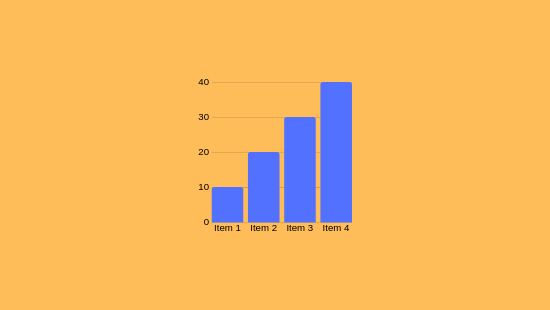
As you delve into Forex indicators, you'll understand they are computational techniques that scrutinize market numbers to predict market behaviors. These indicators aid in signaling trends, confirming market cues, and uncovering overbought or oversold situations. For instance, the Relative Strength Index (RSI) gauges momentum, while Bollinger indicators assess volatility. Refining your trading strategy by combining these indicators is essential, especially if aiming to control risks adeptly.
Grasping the Core of Forex Indicators
Forex indicators are computational devices embedded in graphs to assist traders in scrutinizing market dynamics and making informed decisions. They provide perspectives into price movements and market possibilities by processing historical and real-time data.
Forex tools are categorized into four main types: trend indicators (e.g., Moving Averages), momentum indicators (e.g., Relative Strength Index), volatility indicators (e.g., Bollinger Bands), and volume indicators.
These instruments can indicate market turns, validate ongoing patterns, or indicate extreme buying/selling. If you're focused on refining your trading strategy, grasping their roles is fundamental.
Types of Forex Indicators
When assessing market trends, traders usually employ a selection of measures to aid in decision-making.
Forex indicators can be grouped into different types, each serving specific purposes.
Trend Indicators like Moving Averages (MA) and Bollinger Bands aid in uncovering movement patterns and possible price surges.
Momentum Indicators, including the Moving Average Convergence/Divergence (MACD) and Relative Strength Index (RSI), identify momentum changes and highlight overbought or oversold conditions.
Volatility Indicators like the Average True Range (ATR) quantify market variability, helping traders in setting stop-loss thresholds.
If used strategically, these indicators can boost trading proficiency.
Key Indicators for Trading Decisions
To effectively make trading decisions, grasping and utilizing key measures that evaluate market states is essential.
Moving Averages display average prices over determined timeframes, unveiling tendencies by smoothing fluctuations.
The Relative Strength Index gauges market force on check here a 0–100 scale, indicating excess buy above 70 and signaling oversold scenarios below 30.
Moving Average Convergence Divergence analyzes two exponential moving averages to confirm the trend direction, with graphical representations displaying positive or negative trajectories.
Bollinger Bands apply standard deviations around a moving average to assess fluctuation and potential reversals.
Retracement intervals denote support/resistance zones based on prior price movements.
Combining these measures boosts accuracy by authenticating prompts if aligned, enabling exact timing for currency pairs.
Employing Indicators in Risk Oversight
As you fine-tune investment methods, effectively applying indicators for risk management is essential. Indicators like Moving Averages and Bollinger Bands notice volatility and spot viable trade junctures for risk oversight.
These tools allow for exact stop-loss orders and limit orders, which are key for modulating potential losses.
For example, using trade protections restricts your loss to a certain amount, such as 2% of your trading capital per trade. This measured strategy helps in managing trading risks by curtailing exposure to market volatility and leverage, which are significant challenges in currency trading.
Combining Indicators for Enhanced Accuracy
Combining indicators is a sophisticated strategy for elevating accuracy in forex trading. This method enables for the leveraging of multiple tools to examine several facets of market behavior, including trends, drive, and volatility.
By implementing indicators like Price Averages, RSI, and MACD, you can formulate formidable trading strategies. For example, pairing Moving Averages with RSI and Volume validates trend direction and momentum, while Bollinger Bands with Stochastic discovers volatile scenarios and possible reversals.
If indicators from separate categories work together, duplications are reduced, and investment prompts are intensified.
Final Thoughts
You've understood how forex indicators function, covering their diversities like trend, momentum, and volatility indicators. These instruments aid in uncovering pivots and confirming trend continuity. Through combining tools, investment accuracy is enhanced, and risk oversight is conducted more adeptly. As an example, using the Relative Strength Index (RSI) to spot overbought conditions and Bollinger Bands to analyze fluctuation can improve your decisions.